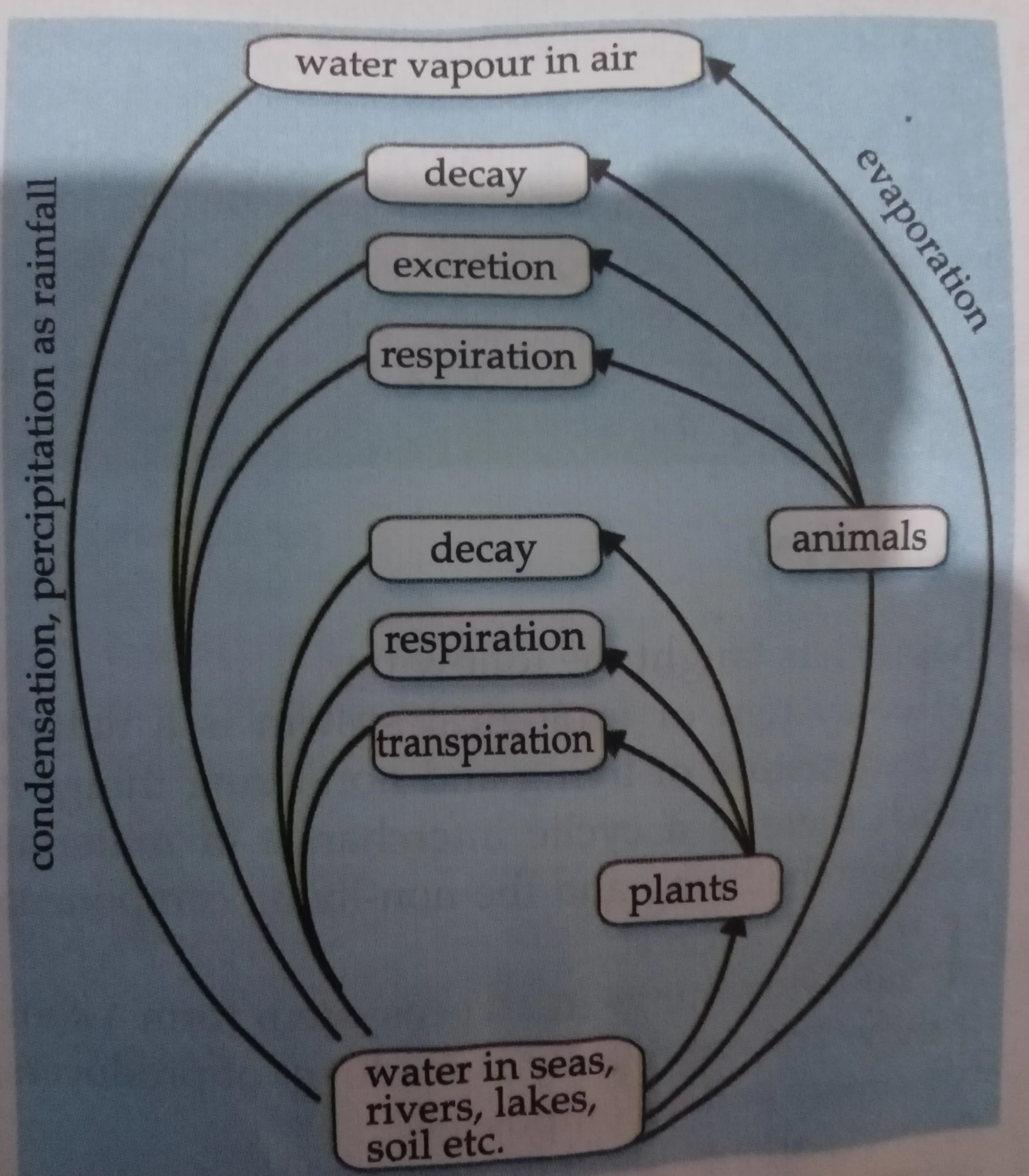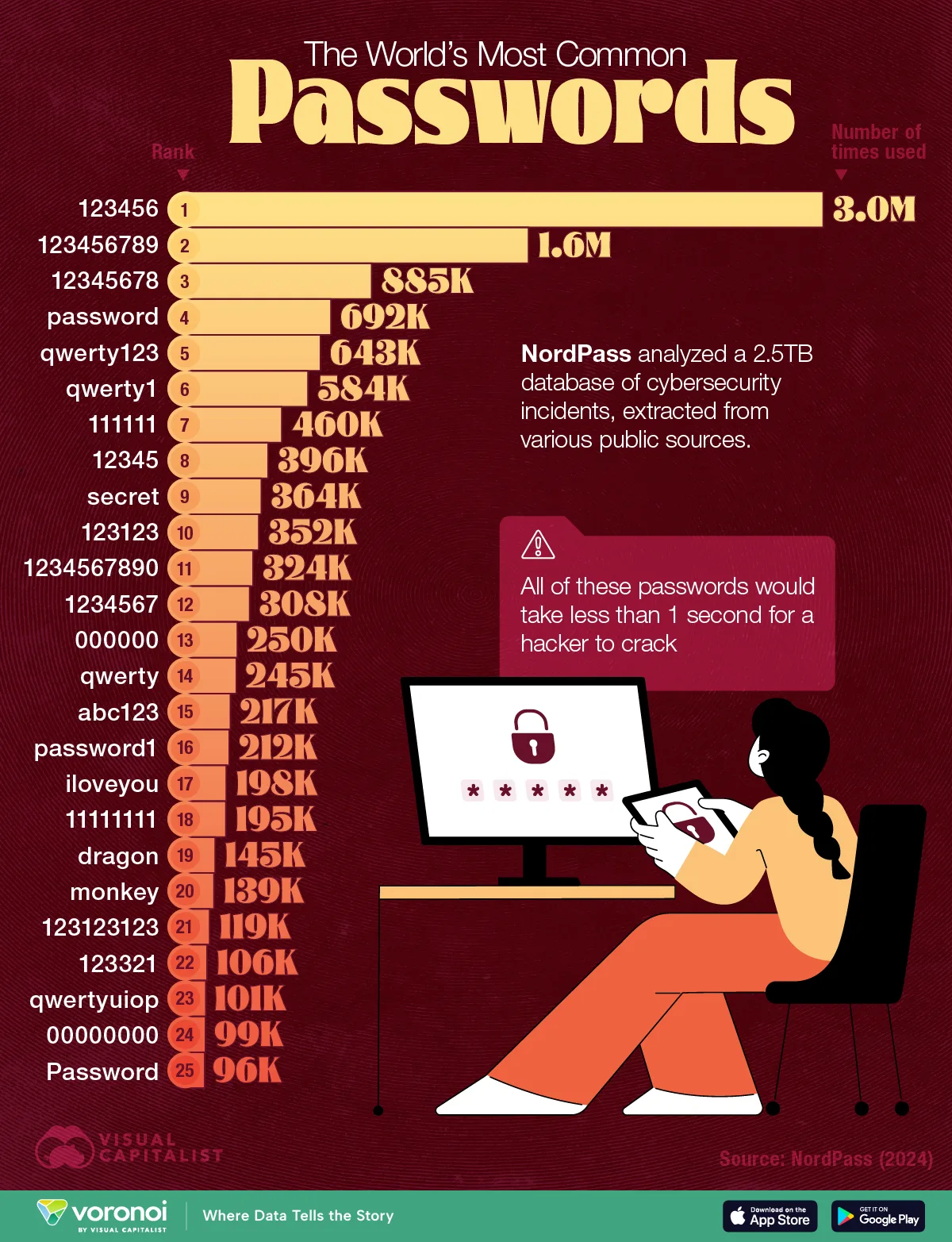
SS1 3RD TERM DATA PROCESSING EXAMINATION QUESTIONS
We have provided a complete set of SS1 3rd Data Processing exam questions, carefully selected from the students’ syllabus. Educators, parents, and anyone interested in academic content can freely use and share this with their students. These questions are randomly selected for general assessment and revision purposes.
If you’re trying to understand how to answer these questions or if you need more customized sets, feel free to reach out to us via our social media platforms. We’re here to help you create as many as required for your teaching or learning needs.
Please take time to go through the questions and kindly share this with anyone who may benefit from it.
OBJECTIVE QUESTIONS
- The acronym that is used to denote MS Excel’s order of operation is ___
A. PEDDAS B. PEMDAS C. PEMMAS D. PEDDMA - ___ is the formula for finding average in MS Excel.
A. C2/D2 B. =AVERAGE(C4..C9) C. =C4:C9 D. AV(C4..C9) - Which of the calculations are performed first in Excel?
A. Multiplication B. Addition C. In parenthesis D. Division - All these except one are examples of spreadsheet packages.
A. Lotus 1-2-3 B. SuperCalc C. Corel Sheet D. MS Excel - “*” represents ___
A. Addition B. Exponential C. Multiplication D. None - Another name for field type is known as ___
A. File type B. Name type C. Record type D. Data type - Another name for unique identifier is known as ___
A. Key B. Data C. Field D. Record - ___ is an attribute or field that can be used to identify a record in a database table or file.
A. Data B. Field C. Key D. Table - ___ is used to design a database in a computer.
A. Database package B. Graphics package C. Spreadsheet package D. Word Processing package - The data accepted by these fields are either Yes/No or True/False is ___
A. Primary key B. Boolean fields C. Data D. None - The person that controls the entire database system is called ___
A. Database manager B. Database analyst C. Computer analyst D. Database administrator - A collection of computer software that enables users to define, create, and maintain a database is referred to as ___
A. Database program B. Database management C. Computer software D. Database pro - One of these DBMS began with MS-DOS.
A. MS Access B. MySQL C. Corel D. FileMaker - The general-purpose database management system (DBMS) is designed to allow all except one:
A. Definition B. Creation C. Querying D. Multiplying - Concurrent in database management means…
A. To access by many people at once B. One person at a time C. Both A and B D. None - ___ is a collection of cells organized into rows and columns where data is stored and manipulated.
A. Worksheet B. Graph C. Workbook D. Active cell - ___ is a space in a worksheet formed by the intersection of a row and a column.
A. Workbook B. Sheet C. Cell D. Cell Reference - There are ___ rows per worksheet in Excel.
A. 1,048,576 B. 1,048,765 C. 1,408,576 D. 1,022,333 - There are ___ columns per worksheet in Excel.
A. 16,387 B. 16,384 C. 16,684 D. 15,341 - The address of a cell is known as ___
A. Cell space B. Cell reference C. Cell menu D. Active cell
THEORY QUESTIONS
Instruction: Answer Question 1 (Compulsory) and any other Two (2) Questions. Question 1 carries 20 marks. All other questions carry 10 marks each.
Question 1 – [20 Marks] (Compulsory)
- What is word processing? (4 marks)
- State five (5) uses of word processing. (5 marks)
- Mention three basic functions of word processing. (3 marks)
- Define a word processor. (3 marks)
- List the types of word processors. (5 marks)
Question 2 – [10 Marks]
- What is the difference between a text editor and Notepad? (4 marks)
- List and explain three examples of DBMS. (6 marks)
Question 3 – [10 Marks]
- List three functions of DBMS. (3 marks)
- Compare Row and Record. (4 marks)
- Define the Database Structure. (3 marks)
Question 4 – [10 Marks]
- What is a unique identifier? (3 marks)
- What is a hyperlink? (2 marks)
- State five (5) operations that can be performed in a database. (5 marks)
Question 5 – [10 Marks]
- List five (5) data types. (5 marks)
- List the steps in modifying data. (5 marks)
If you need more of these exam questions or educational resources, feel free to message us on our social media platforms. We are ready to assist you with as many questions as needed.








